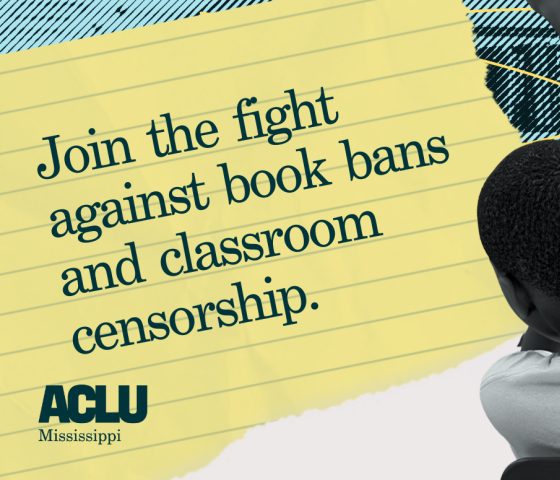By Jay Stanley, Senior Policy Analyst, ACLU Speech, Privacy, and Technology Project
I recently wrote about violations of free speech in the civil rights movement and how the First Amendment's strong speech protections are critical for minorities, the powerless, and those trying to change the world. One element I did not discuss was the importance of photography as a check against majority power and oppression. Indeed, the contours of today's battles over the First Amendment rights of photographers can also be seen in the movement's history.
In March 1963, for example, after police in Greenwood, Mississippi, allowed their dog to bite the Black pastor of a local church as he was peacefully walking along the sidewalk as part of a voter registration effort, police seized the film of a CBS cameraman who had captured the incident. (The photo of a similar attack the following May in Birmingham would later become famous.)
In 1965, a nightmare march by 400 protesters in Marion, Alabama, was attacked by law enforcement officers. As network news crews rushed to ready their cameras, officers knocked out streetlights, destroyed reporters' cameras, sprayed their lenses with black paint, and, in some cases, simply clubbed them. Not captured on camera that night were assaults that sent 10 Black men to the hospital (the one hospital that would treat them), including a man named Jimmy Lee Jackson who died of two police gunshots to the stomach.
Jackson's death helped inspire the famous Selma to Montgomery marches later that year. As hundreds of peaceful Black marchers were beaten by police and possemen of "Bloody Sunday," a White man named Dan Doyle was on the sidewalk taking pictures.
